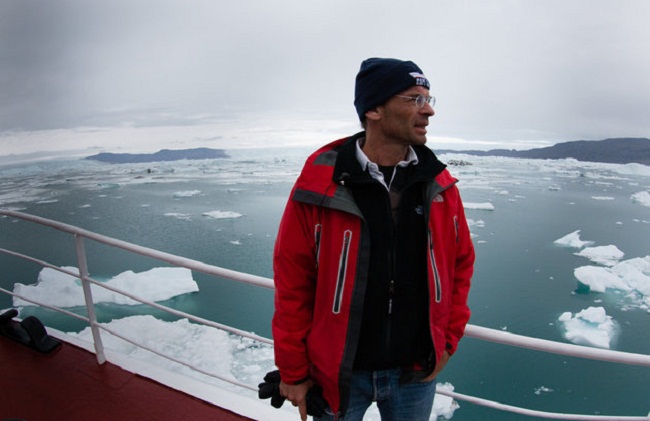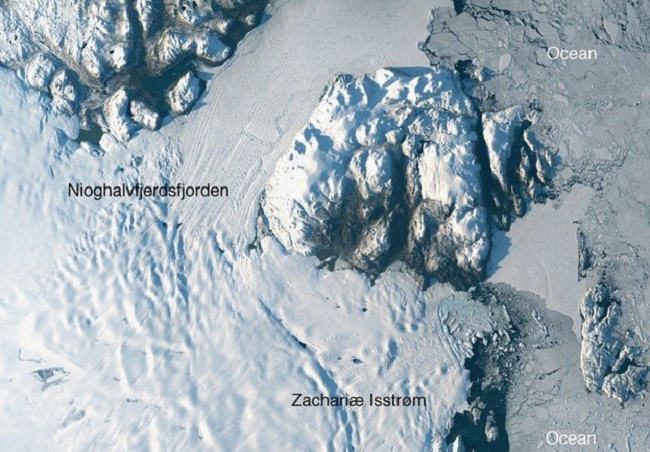In a press release, the study`s lead author, Jeremie Mouginot, an associate project scientist at the University of California, Irvine, said the glaciers in North Greenland are changing "rapidly" and that the Zachariae Isstrom retreat "will result in rising sea levels for decades to come."
While there is no timeframe for how long a full melt would take, scientists warn such an event would raise global sea levels by more than 18 inches.
Zachariae Isstrom is one of the three main glaciers that feeds into the roughly 373-mile-long Northeast Greenland Ice Stream. Ice streams drain ice from the interior of an ice sheet. Historically, they drain slowly since the streams are clogged with floating ice debris.
But a 2014 study of Zachariae -- which drains ice from about 5 percent of the Greenland Ice Sheet -- found that because the stream wasn`t as clogged with ice, the glacier was retreating at an accelerated rate, suggesting a kind of downward spiral.
Now, using data from aerial surveys and satellite-based observations, scientists have measured changes in the size, position and shape of the region`s glacial ice and determined that Zachariae Isstrom is "being hit from above and below."
“The top of the glacier is melting away as a result of decades of steadily increasing air temperatures," according to senior author Eric Rignot, "while its underside is compromised by currents carrying warmer ocean water, and the glacier is now breaking away into bits and pieces and retreating into deeper ground.”
 ""
""Unfortunately, Zachariae is not the only glacier in trouble. Its large neighbor, Nioghalvfjerdsfjorden, is also melting, but retreating at a slower rate because it is protected by an inland hill.
If both disappeared, scientists say, sea levels around the world would rise by more than 39 inches.
According to the National Snow and Ice Data Center, melt extent in Greenland was above average in 2015, ranking 11th highest in the 37-year record from satellite data. At the peak in early July, over 50 percent of the ice sheet experienced surface melting.
Rigot said it wasn`t long ago that scientists wondered what effect retreating glaciers in the polar regions would have on sea levels.
“We no longer need to wonder; for a couple of decades now, we’ve been able to directly observe the results of climate warming on polar glaciers," he said. "The changes are staggering and are now affecting the four corners of Greenland.”
Check out the video below detailing the research team`s 2014 expedition to Greenland.
More about:
















































